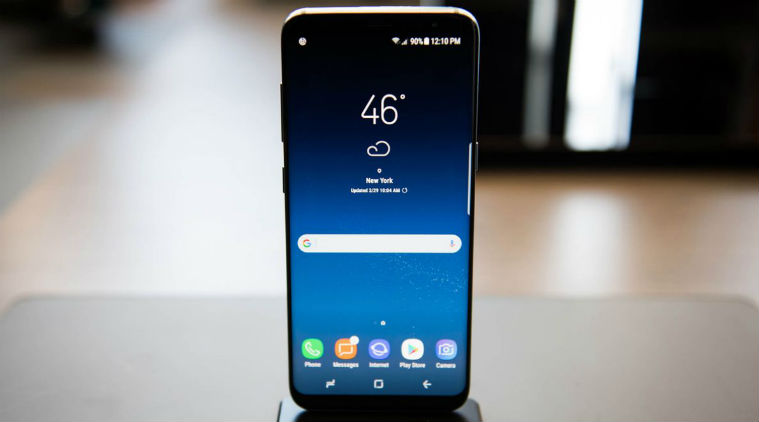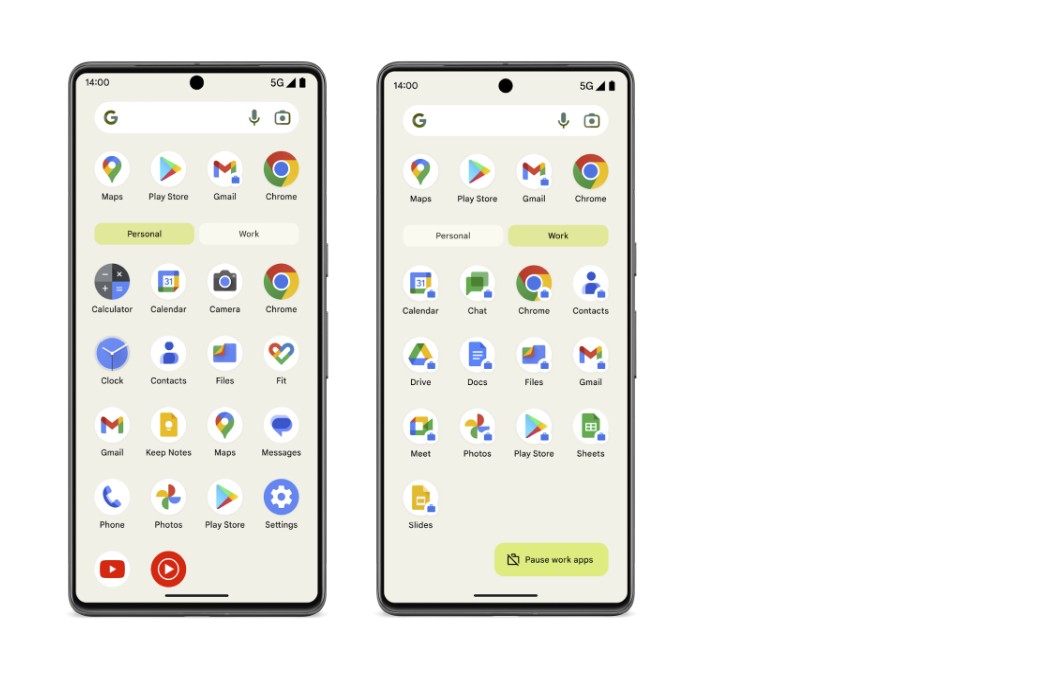Set Up your Galaxy S9 Screen
2 min. read
Updated on

The Galaxy S9 device comes with the very same narrow 2,960 x 1,440 Super AMOLED display as its predecessor. And with that screen comes a lot of customization options to make things easy on your eyes. Are you also having a hard time deciding between Adaptive Display, AMOLED Cinema, AMOLED Photo or Basic mode for the screen mode? Are there any major benefits of choosing one over the other? Keep on reading as this guide will help you set up your Galaxy S9 Screen.
In fact, I consider it as being necessary to properly set up your brand-new Galaxy S9 phone before you start installing all your favorite apps or run outside to snap some photos. It’s clear that Samsung has put a lot of thought into how people use its devices, but not every useful feature is enabled out of the box or should be kept this way.
If you enter into the Display section of the Settings menu, you can make your own choices regarding how your S9 displays images. No less than four options are waiting for you there, as you can disocver more about below.
First of all, I suggest Adaptive Display, which gives you the chance to adjust the color temperature on your screen. Even more, Adaptive Display has a cooler, bluish tint and a wider color gamut than AMOLED Cinema or Photo. As I said it before, other options include AMOLED Cinema, AMOLED Photo and Basic mode.
AMOLED cinema reveals Samsung‘s intent to tweak calibration so that movies and TV shows look more alike to what you get inside theaters. This mode uses a special Adobe RGB colour gamut, so you can enjoy it when it comes to watching movies with the best possible colour gamut. Regarding the AMOLED Photo Mode, this one is tailored for use with content from premium digital cameras, as most of these can use the Adobe RGB colour gamut – I am talking about no less than 17% of the standard sRGB/Rec.709 colour gamut.
What about Basic Screen Mode? Take in consideration that this one uses the industry standard sRGB/Rec.709 colour gamut which is used for producing virtually all current consumer content.










User forum
0 messages